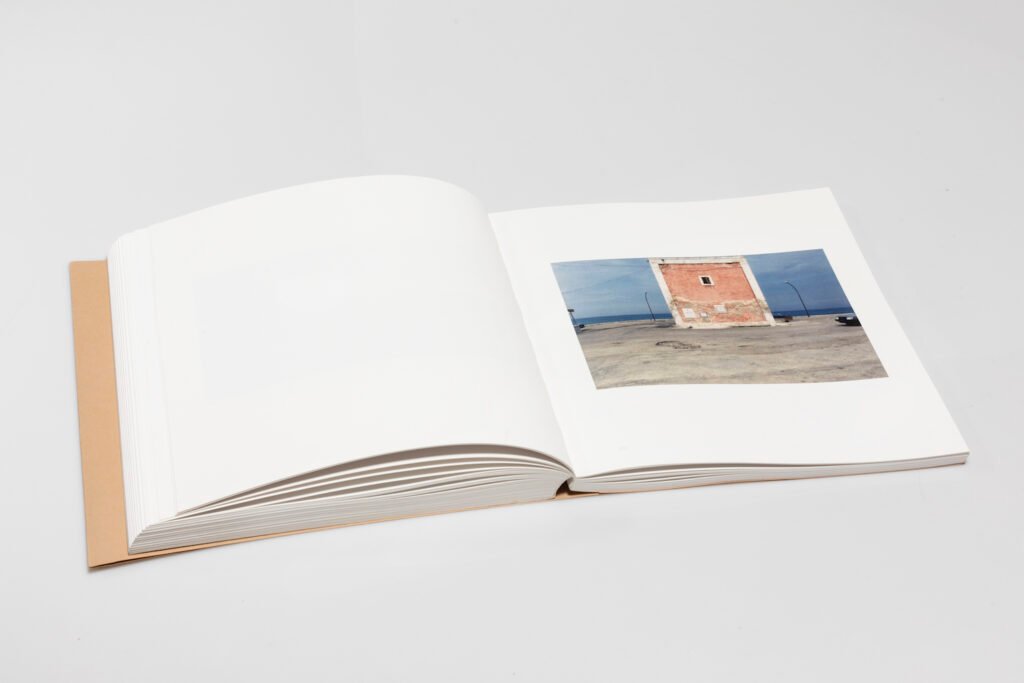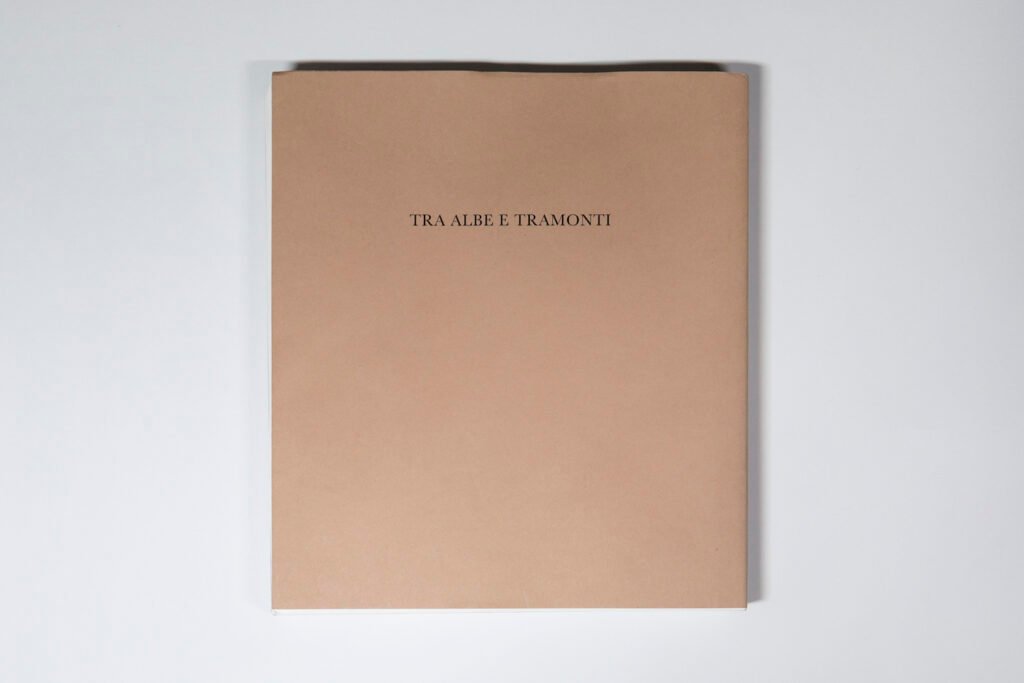To approach the work of Luigi Ghirri is to approach a visual design that, in order to be fully understood, demands a commitment that goes far beyond the viewing of a collection of intelligent and often beautiful images. Attempting to understand the expressions collected by this author is equivalent to understanding the profound sense of making photography and again, the way in which this making of photography is articulated within a history and a territory, demanding attentions that characterize the gaze until producing images in which to clearly feel all the density of signs that naturally inhabit places and the time they pass through.
Accompanying us on a journey rich in visual sparks, crossing countryside, sunrises, shadows, architecture, desolated places by the midday sun, Luigi Ghirri takes us to look to Apulia, offering us a narration of it that contends between the attempt to fix a gaze in dialogue with history and what characterizes the territory and an approach to the vision and the making of the image that begins to attempt a new path for photography.
Apulia, a region characteristic of the heel of Italy, was at the beginning of Luigi Ghirri’s career, a crossing dense with meanings whose signs produced an impression that accompanied him throughout his life.
A first visit in 1982 saw Ghirri impressed by the atypical conformation assumed by the architecture of the place; the whitewashed streets, portals and arches, potted cactuses, amusement parks and Apulian beaches, were no less significant than his meeting with a group of Apulian artists, critics and curators who would become his close friends and collaborators over the years.
After this first visit in 1982, over the next decade Ghirri returned annually to visit the region, photographing, exhibiting and learning more about it.
The photographs collected in Puglia, tra albe e tramonti, little-known and sometimes unpublished, capture the textures and rhythms of urban life, pausing to investigate the visual coincidences and tactile details that emerged from the very act of looking. A collection of images that are landscape, a sense of serene discovery in which the paste of the color film used to take the photographs tells of the warmth of the place, whose identity is at the same time a popular tourist destination.
Ghirri looks around, weaves plots, weighs scenes, maps the regional territory allowing his lens to traverse the traces left by a habitation that combines the frequentation of natives and tourists. A work made of attentions and waiting at the end of which the images and the narration become capable of inhabiting the territory themselves, producing on it other new signs suitable for re-inhabiting and re-interpreting the appearances and the narrative of places, stretched between sunrises and sunsets.
Luigi Ghirri was born in Scandiano (Reggio Emilia) in 1943 and died in Roncocesi (Reggio Emilia) in 1992. One of the most important and influential figures in contemporary photography, he started his career in 1970, adopting an approach that was greatly influenced by conceptual art. His research soon attracted International attention. In 1975 Time-Life included him among the “Discoveries” of its Photography Year, and he showed at the Photography as Art exhibition at Kassel. In 1982 he was invited to the Photokina in Cologne, where, in the Photographie 1922-1982 exhibition, he was presented as one of the twenty most significant photographers of the 20th century. Towards the end of the 1970s, Ghirri began exhibiting with increasing frequency, and it was in this same period that the idea of doing some large-scale cultural promotion began to take shape.



















